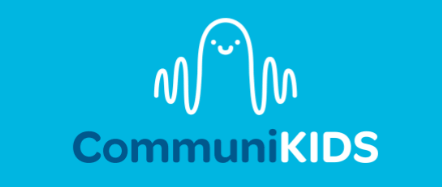Gestalt Language Processing and Speech Therapy
Gestalt Language Processing is a type of language development where children learn language as scripts, which are whole phrases or chunks of language. Children will often move through stages of gestalt language, beginning with scripts before learning single words and beginning to make their own unique sentences (learn more about the stages here).
Therapy for gestalt users can look quite different to the therapy used for analytical language users, or language users who begin by learning single words and work their way up to sentences. This is because they learn language differently, so we need to support their language development differently. Some key therapy principles to gestalt language therapy include:
Child led therapy. Therapy incorporates the follows the child’s lead in sessions. This does not mean letting the child doing whatever they want! Instead, it’s all about incorporating interests to build motivation to communicate.
Accepting all forms of play. This looks different for every child – sometimes, it might be playing with cars or play doh. For others, it might be tipping boxes out onto the floor or lining up colours and letters in a row. There is no right or wrong way to play with anything. By accepting the child’s play style and using it within sessions, the child is more likely to engage and want to use language.
Using declarative language and reducing questions. In the early stages of gestalt language learning, the clinician will focus on reducing questions and increasing modelling of scripts and declarative language. For example, rather than asking ‘What do you want?’ when the child reaches for food, they would model ‘Let’s get it’.
Meeting the child at their current language level. Just like a speech therapist would do with analytical language learning, the therapist will change their approach to meet the child at the gestalt stage they are currently at. This might mean working on whole scripts, focusing on single words and word combinations, or working on more complex skills such as inferencing or grammar.
As with any therapy approach, the exact goals and targeted skills are dependent on the child’s needs at the time. However, as a start, the clinician will analyse where the child is in terms of gestalt stages to determine how to support their language best. Before reading on, we recommend you learn about the stages here.
Stage 1: The speech pathologist will work with the family to determine flexible, functional scripts to model throughout play based activities for the child to learn. At this stage, the focus is on scripts that can be used in a variety of situations. The clinician may consider what language the child already has, what language functions they may need to use (requesting, protesting, commenting, social language, getting help, and others), the age of the child, and what will be most functional for the child to use. Some examples of scripts are:
o I’m gonna get it
o Come help
o Let’s do it
o It’s fun
Stage 2: In stage two, the speech therapist will focus on mitigating, or combining, scripts together. Rather than modelling a range of scripts as done in stage 1, the clinician will change the start or end of the same script to encourage flexibility with the script. For example, rather than ‘Let’s get it’, the clinician might also model ‘Let’s get the ball’, ‘Let’s play’, ‘Let’s do it’ or ‘Let’s go’.
Stage 3: During stage three, the speech therapist will begin to model single words and some word combinations. Initially, there will be a high level of modelling of labels. For example, if the child reaches for a ball, the clinician will model ‘ball’. As the child uses more single words, the clinician will then begin to model two word combinations, such as ‘ball roll’, ‘blue ball’ or ‘ball table’ (if the ball rolls towards the table)
Stage 4+: From Stage 4 onwards, the child will begin to display errors with grammar, sentence structure, and other skills such as inferencing and narrative. During these stages, the speech therapist will continue to use child led therapy and incorporating the child’s interests to focus on specific targets including pronouns, past tense and correct sentence structure.
